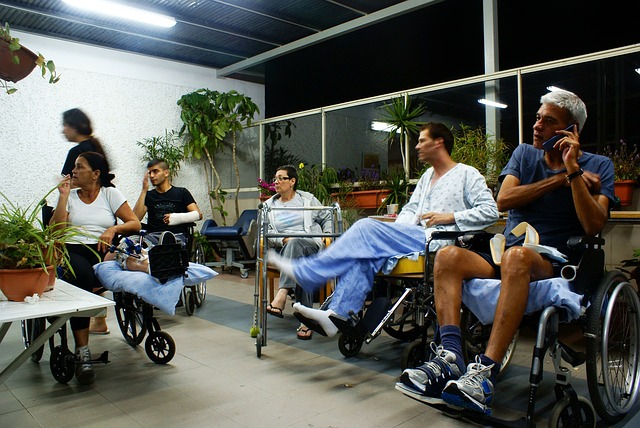In a world that is progressively acknowledging the importance of diversity and inclusion, the language we choose to use holds greater significance, particularly in conversations surrounding disability. This insightful blog delves into the intricate landscape of the term “disabled,” shedding light on its historical background, the ongoing dialogues around it, and offers practical guidance on how we can cultivate an atmosphere of respect and empathy through our language choices. Let’s explore the depths of understanding and compassion together.
Understanding the Language of Disability
The language surrounding disability has evolved significantly over time, mirroring broader shifts in societal attitudes and understandings towards individuals with disabilities. In the past, terms used to describe disability were deeply rooted in the medical model, which perceives disability as an individual’s medical problem that needs to be remedied. However, the contemporary social model of disability presents a different perspective, indicating that it is the barriers within society, rather than the individual’s impairment, that hinder the person’s full participation and inclusion. This paradigm shift highlights the importance of addressing societal structures and attitudes to create a more inclusive and accessible environment for everyone. If you’re unsure about appropriate language usage when referring to disability, you may find resources on “Can you say disabled” helpful in understanding and navigating this topic.
The Evolution of “Disabled”
“Disabled” is a term with a complex legacy. It originated within a medical framework, suggesting a deficit or lack within an individual. However, with the adoption of the social model, the term has been reclaimed by some within the disability community as a descriptor of their experience with societal barriers, rather than their own bodies or minds.
The Debate: Person-First vs. Identity-First Language
A key facet of the discussion on inclusive language is the preference between person-first language (“person with a disability”) and identity-first language (“disabled person”). Proponents of person-first language argue it emphasises the individual over their disability, while supporters of identity-first language assert it acknowledges the impact of disability on their identity without reducing them to it.
Listening to the Disabled Community
Fundamentally, the most respectful approach to discussing disability is to listen to individuals’ preferences about how they wish to be described. Language is personal, and different people will have different choices. Consulting with the disabled community, rather than assuming or imposing terms, is essential for respectful communication.
The Power Dynamics of Language
Language is not merely a tool for description but a mechanism that can perpetuate power dynamics. Using language that the disabled community finds affirming challenges societal assumptions and promotes a more inclusive environment. Conversely, ignoring preferences can reinforce a dynamic where those without disabilities dictate the terms of the conversation.
Practical Tips for Inclusive Language
- Ask and Listen: If unsure how someone prefers to be described, ask them and respect their preference.
- Educate Yourself: Learn about the debates and preferences within the disability community regarding language.
- Err on the Side of Respect: When in doubt, use the most universally accepted terms, and avoid outdated or derogatory language.
- Promote Autonomy: Recognise and respect the autonomy of disabled individuals to choose how they are described.
- Be Open to Correction: Language evolves, and so will your understanding. Be open to learning and changing your language use as needed.
Conclusion: Respect, Dignity, and Equality
The discussion around the term “disabled” underscores a broader principle: the importance of using language that promotes respect, dignity, and equality. While debates about the best terms to use will continue, the underlying goal should always be to support an inclusive society that values every individual. Ultimately, navigating the language of disability sensitively and accurately involves ongoing dialogue, reflection, and a commitment to listening to and uplifting the voices of the disabled community. By doing so, we can all contribute to creating a more understanding and inclusive world.





